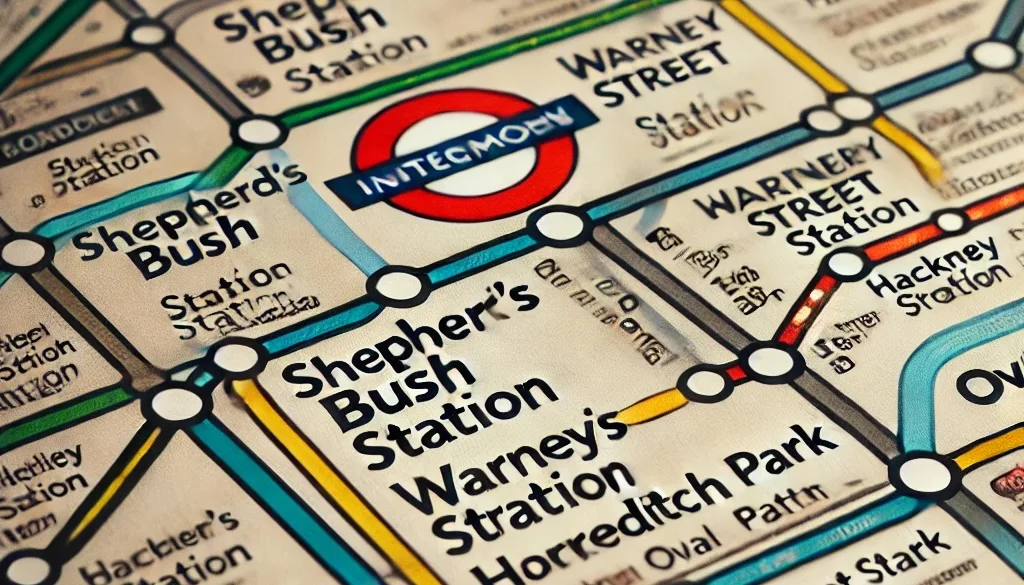
The 21 July 2005 London Bombings
by: The Calamity Calendar Team
July 21, 2005
Two weeks after the tragic 7 July bombings, which took 52 lives and left the city of London reeling, another threat emerged, aiming to strike fear into the hearts of Londoners. The 21 July 2005 bombings, known as the 21/7 attacks, unfolded in a chillingly familiar pattern, targeting the city’s transport network. But this time, fate intervened, and the bombs failed to detonate.
Lead-Up to the Incident
In the wake of the 7/7 bombings, London was a city on edge. Security was heightened, and public vigilance was at an all-time high. The devastating attacks on 7 July had left a deep scar, and the city was in no mood for another tragedy. Yet, on 21 July, as people tried to return to some semblance of normalcy, terror once again loomed.
The attackers, inspired by the earlier bombings, aimed to replicate the horror. Their plan was meticulously timed, intending to cause maximum chaos and fear. However, their execution was flawed, leading to a drastically different outcome.
The Day of the Attacks
The 21/7 bombers targeted various points of London’s transport system, their intentions clear but their methods flawed. Here’s a detailed timeline of the day’s events:
Thanks for subscribing!
12:26 PM: Hussain Osman boarded a train at Shepherd’s Bush station, attempting to detonate his device. Instead of an explosion, a small blast of smoke and noise ensued, causing confusion but no harm.
12:30 PM: Yasin Hassan Omar tried to set off his bomb on a train at Warren Street station. Again, the device failed, resulting in a minor disturbance but no injuries.
12:30 PM: On a bus on Route 26 near Shoreditch Park, Muktar Said Ibrahim’s bomb also failed to explode properly, emitting only a small blast of smoke.
12:53 PM: Ramzi Mohammed, on a train at Oval station, faced the same fate. His device, like the others, malfunctioned, creating smoke and noise but no deadly explosion.
Aftermath and Immediate Response
The panic that ensued from these failed attempts was palpable. Although the devices did not fully detonate, the mere presence of bombs on the transport system was enough to send waves of fear across the city. People scrambled for safety, and the transport network ground to a halt as authorities swung into action.
Casualties and Injuries: Remarkably, there were no fatalities, and only one person sustained a minor injury. The outcome was a stark contrast to the devastation of 7/7.
Economic Impact: While the economic impact was less severe than the previous attacks, the disruption and fear caused were significant. London’s resilience was once again tested.
Response and Recovery Efforts: London’s Metropolitan Police launched an intense manhunt for the attackers. Leveraging extensive CCTV footage and other intelligence methods, they rapidly identified and tracked down the suspects. By 29 July, all four bombers, along with several accomplices, were arrested in a series of coordinated operations across London and Birmingham.
Trials and Sentences
The judicial process was swift and decisive. In July 2007, the four main perpetrators were tried and convicted of conspiracy to murder. They were sentenced to life imprisonment, with a minimum term of 40 years each. This strong sentence sent a clear message about the severity with which such crimes would be treated.
Long-Term Impact and Current Knowledge
Subsequent investigations revealed that the bombers were driven by extremist ideologies, with connections to terrorist networks. However, their lack of technical expertise ultimately prevented a larger tragedy. The 21/7 attacks underscored the continuous threat of terrorism and the necessity for robust counter-terrorism measures.
Policy Changes: In response, the UK government increased funding for counter-terrorism efforts and expanded law enforcement powers. Public awareness campaigns were intensified, and emergency preparedness drills became more frequent, ensuring that both authorities and the public were better prepared for potential threats.
Conclusion
The 21 July 2005 London bombings were a stark reminder of the ongoing threat of terrorism. Despite the failed attempts, the fear and disruption caused were real. The swift action of law enforcement and the resilience of the public highlighted London’s strength in the face of adversity. As the city moves forward, the lessons learned from both 7/7 and 21/7 continue to shape its approach to security and public safety.
Stay in the Loop!
Become a Calamity Insider and get exclusive Calamity Calendar updates delivered straight to your inbox.
Thanks! You're now subscribed.